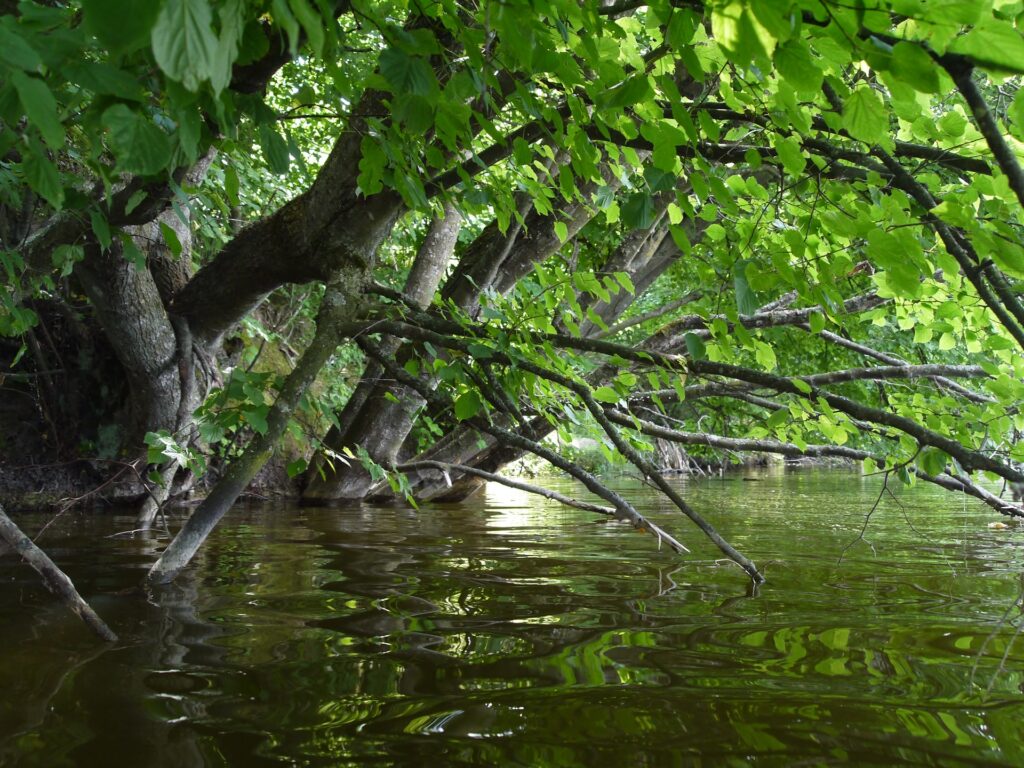By REDD December 17, 2020

A project under the UN-REDD Programme that promotes the informed and meaningful involvement of communities with all stakeholders, aims to conserve part of the country’s mangrove ecosystem that covers a surface area of about 520 square km, and serves as live support system to many Gambians. But apart from restoring degraded areas with newly planted mangrove stumps and the regulation of environmental processes, sustainable services would be established such as the provision of firewood, fence poles, roofing materials, and the provision of non-timber forest products such as aquatic life. Summary by Ecoplan
Welcome to another Edition of the Environment Column and in this edition, we will talk about the consultation meeting on the conservation of the mangrove ecosystem in the Gambia, through REDD called the REDD + Mechanism project held at local hotel. The aim of the project is to conserve part of the country’s mangrove ecosystem that covers a surface area of 519.11km square (519.11ha) and serves as live support system to Gambians and the world at large.
Among the services provided is the provision of firewood, fence poles, roofing materials, regulation of environmental processes and the provision of non-timber forest products and aquatic life.
According to Kawsu Jammeh of the Parks and Wildlife Department, this is first time they have a project that will kill two birds with one stone and that is to conserve protected areas without letting anybody exploiting the areas for the next thirty years, and to restore degraded areas with newly planted mangrove stumps. He said the land area involves the mangrove landscape from Kudang to the coastal areas.
Jammeh further said that not all the protected areas will be under the REDD+ Mechanism project initiative and will have to see what protected areas certainly will be under the scheme.
According to Jammeh, if they know that local people depend on protected areas to meet their daily needs, they have to come up with livelihood initiatives as an alternative to stop communities from exploiting or harvesting the resources. Jammeh said the project is an NGO initiative from the ‘Sahel Wetland Concern’ of the Gambia, West African Bird Study Association and KAMFORA; that they make up a consortium to this project with their partners from Cameroon’s S2 Services and forestry and wildlife consultants for these consortiums to be the custodians of the project, with support from the Gambia Government.
He said the custodians are not only made-up to implement the project, but for all stakeholders to participate in the restoration of their mangroves and landscape.
‘‘All stakeholders participating in management of our forest and protected areas, all have a stake in this,’’ Jammeh said; that the people are the beneficiaries certainly and they hope that everything will be participatory in other to achieve this goal after five years of implementation of this project; that the funders of the project will later come to see how much canopy they have created out these projects; that the canopy created means how much forest is protected and how much restoration has been done and maintained; that the project intervention must be to conserve and restore livelihoods since the lives of poor Gambians depend on forest products and wildlife to survive.
Speaking at the meeting, Dr. Gordon Ajonina from Cameroon said this was his third visit in conducting a study on mangroves and the reason why they are dying which is also spearheading this project.
Dr. Ajonina said there are many co-benefits on Carbon Credit Projects which is beneficial to everyone around the globe; that the project is also talking about Climate Change and the project will be a good example in Africa to showcase how smart activities will contribute into fighting against Climate Change with local NGOs, CBOs and Governments; that this is the only way they can do things for Africa.
Dr. Ajonina said they have visited different mangrove sites and discussed with the local communities and key members in order to change the trend.
Also speaking on the occasion was Lamin Jobarteh and Saikou Janko as representative of KAMFORA. Both spoke about the strong commitment of CBOs and their collaboration with the Parks and Wildlife Department since 2010 when the mangroves stumps were being planted.
In conclusion ‘the issues for Gambia REDD+Project’ outlines some causes of mangrove destruction such as encroachment into mangrove areas and protected areas; inter-sectorial conflicts on the use of mangrove forest resources or land use planning; hyper-salinity of mangrove ecosystems; pollution of mangrove ecosystems; salt extraction; weak governance; inadequate or insufficient funding for mangrove forest management; insufficient awareness of knowledge of the structure and dynamics of the mangrove forest resources.




